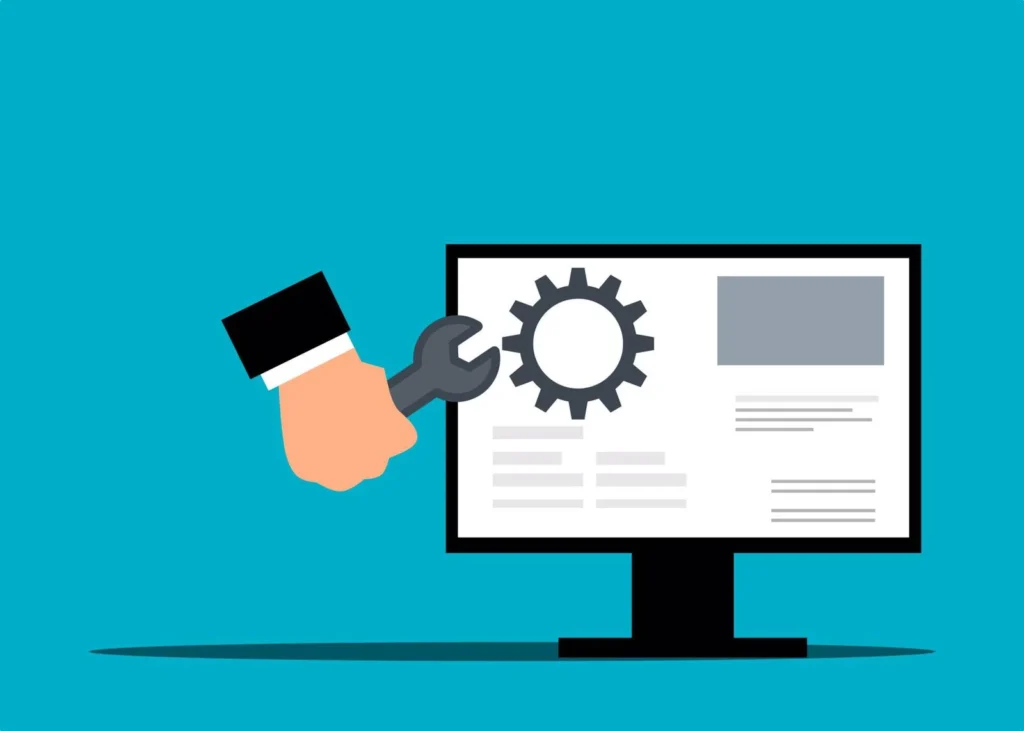In today’s digital age, a website isn’t just a platform. It’s your business’s storefront. This makes custom website development a crucial undertaking for any business aiming to stand out.
However, the path to creating a unique and functional site isn’t always smooth. Knowing the common pitfalls can make the difference between a successful launch and a costly redo.
This blog will guide you through these pitfalls and help you steer clear of them in your next project. Read on.
Understanding the Scope of Your Project
One of the first missteps in custom website development is failing to define the scope clearly. Without a well-documented scope, projects can quickly spiral out of control. It’s essential to outline all:
- functionalities
- design elements
- user experience features
This is before kicking off development. A detailed project scope acts as a roadmap, helping both developers and clients stay aligned.
Poorly defined scopes often lead to scope creep, where new features are added continuously. It delays the project and increasing costs.
To avoid this, involve all stakeholders in the initial planning phase to capture every requirement. Regularly review and update the scope to adapt to any legitimate changes.
Selecting the Right Technology Stack
Choosing the wrong technology stack can doom your project from the start. The technology stack should align with your project’s goals, budget, and future scalability needs. Popular stacks include:
- MEAN (MongoDB, Express.js, Angular, and Node.js)
- LAMP (Linux, Apache, MySQL, PHP)
Each with its strengths and weaknesses.
Consult with experienced developers or tech consultants to identify the most suitable stack for your project. Consider factors like ease of maintenance, community support, and compatibility with existing systems. This initial decision sets the foundation for the rest of the development process.
Ignoring User Experience (UX)
A visually stunning website is useless if it doesn’t provide a good user experience. A common mistake is to focus too much on aesthetics while neglecting usability. Some elements are crucial for retaining visitors, such as:
- navigation
- loading times
- mobile responsiveness
Conduct user research to understand your audience’s needs and preferences. Create wireframes and prototypes to test usability before moving to full-scale development. Regularly gather user feedback and make adjustments as needed to ensure a seamless experience.
Underestimating SEO From the Start
SEO is often an afterthought in custom website development, but integrating it from the beginning can save time and effort later. Proper SEO practices include:
- optimizing site structure
- using clean URLs
- integrating keywords naturally
Collaborate with an SEO expert during the planning phase to identify the best strategies for your site. This proactive approach ensures that your website is search-engine-friendly from day one, helping you attract organic traffic more efficiently. Check out Mendel Sites to learn more about website developer for custom website development.
Overlooking Security Measures
Security is another critical aspect that can easily be overlooked. Failing to implement robust security measures can lead to data breaches, legal issues, and loss of customer trust. Common vulnerabilities include SQL injection, cross-site scripting (XSS), and weak passwords.
Ensure that your development team follows best security practices, such as using HTTPS, regular security audits, and employing secure coding standards. Investing in security measures upfront can save you from costly issues down the line.
Be Wise in Custom Website Development Now
Navigating the maze of custom website development requires careful planning, clear communication, and a focus on user experience. By avoiding these common pitfalls, you can ensure a smoother development process and a more successful final product. Take the time to do it right, and you’ll reap the rewards for years.
If you want to read more articles, visit our blog.






